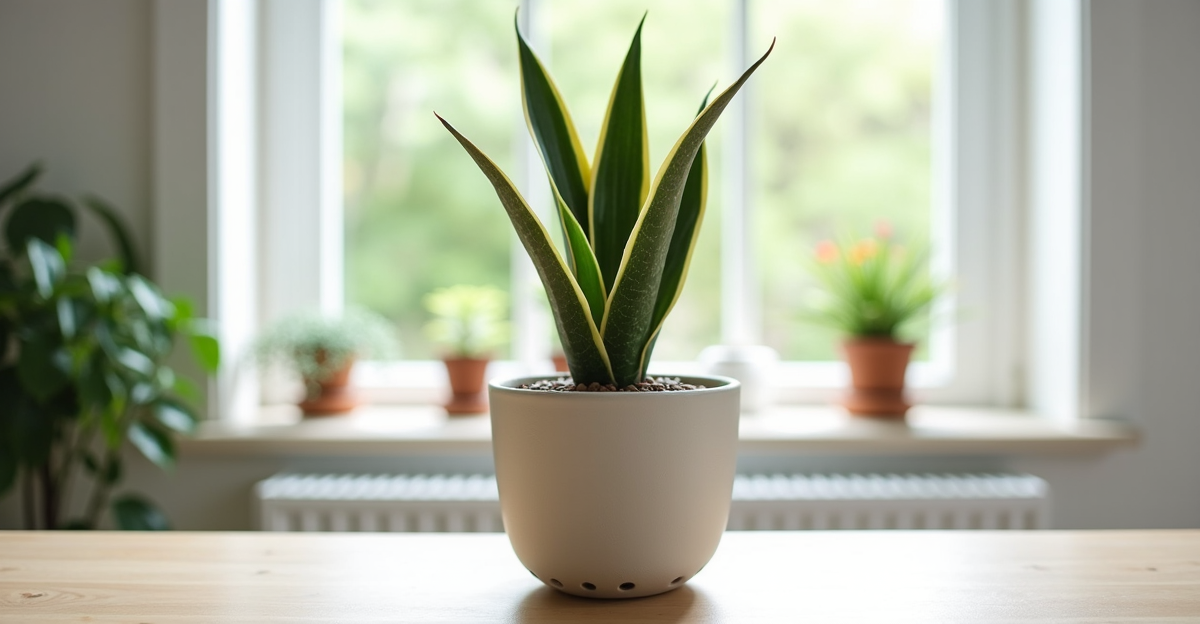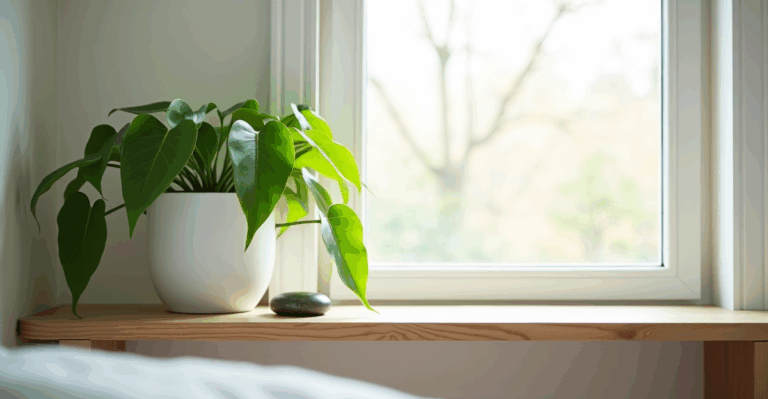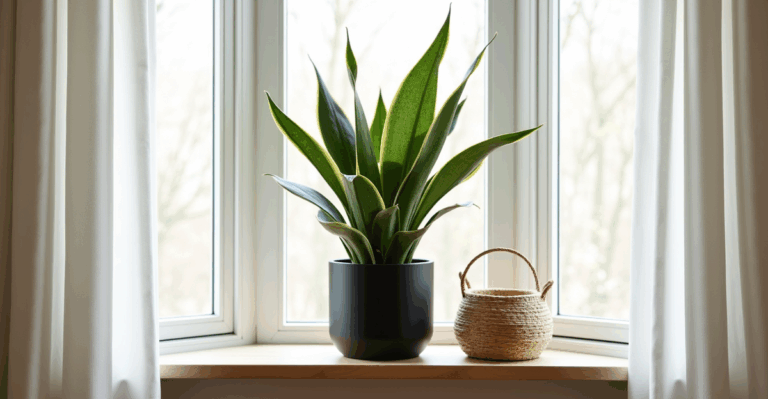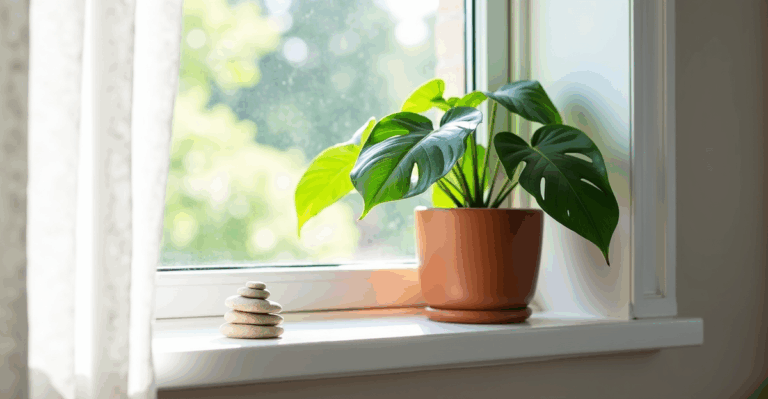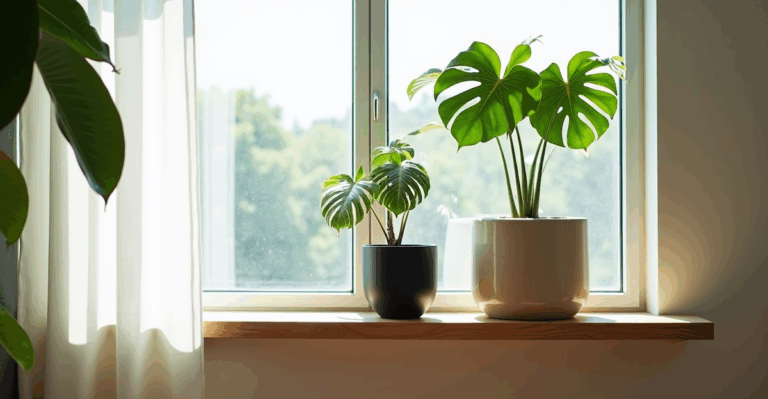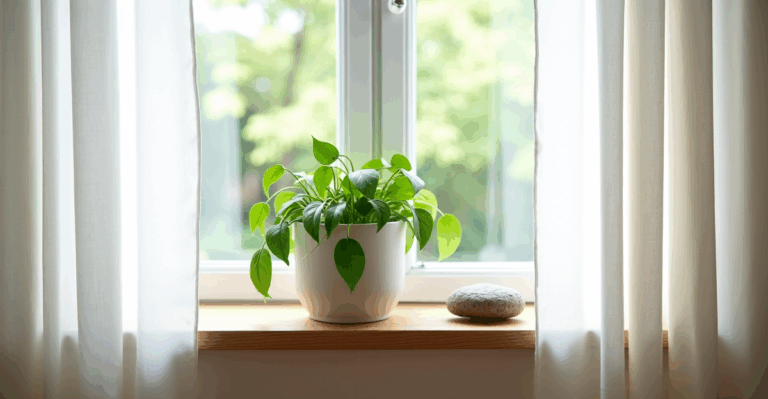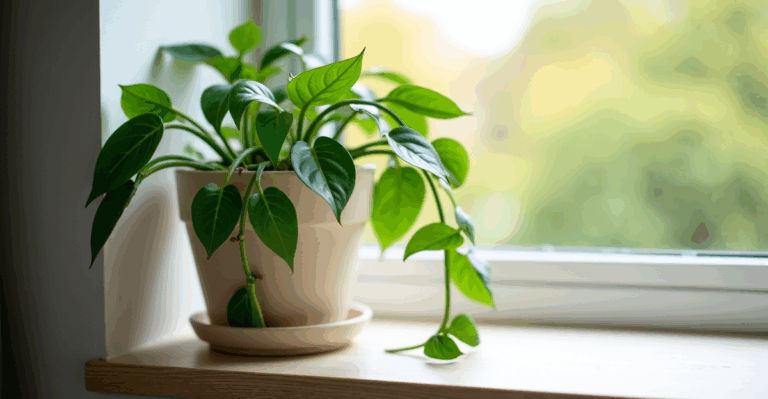The Real Secret to Snake Plants That Thrive (and Look Stunning) in Your Home Office
You’ve got that gorgeous snake plant in your home office, right? The one you picked up because it’s “almost impossible to kill” and supposedly cleans the air. It’s been there for months, maybe even a year. But lately, the tips look a little brown, the soil stays damp longer than you’d like, and it just doesn’t seem to be growing like it should. You’ve tried watering less, but it still feels… off. That’s not your plant failing—it’s your pot. And that’s a fixable, stylish problem we’ve seen so many times.
The truth is, most people buy snake plants in standard, shallow nursery pots. They’re cheap, easy to find, and look fine at first. But snake plants? They’re slow-growing, deep-rooted explorers. They need space to send roots down, not just spread out sideways. Sticking them in a shallow pot traps moisture, encourages root rot (even if you water carefully), and makes the plant feel cramped. In a home office—where you want calm, clean lines and low-maintenance beauty—this is a recipe for stress, not serenity. The solution? A deep cachepot with an insert. It’s not just about looking good; it’s about giving your plant the breathing room it needs to actually thrive.
Why Your Snake Plant Needs More Than Just a Pretty Pot
Let’s be clear: snake plants are tough. They’ll survive neglect, low light, and occasional overwatering. But they thrive when they’re not fighting for space. A shallow pot forces roots to circle, leading to root-bound stress. In your home office, that means slower growth, weaker leaves, and a plant that’s just surviving instead of adding life to your workspace. A deep cachepot solves this by:
- Providing true root depth: Roots can go straight down, not just sideways.
- Ensuring proper drainage: The insert sits above the drainage layer, letting excess water escape freely.
- Hiding the unsightly soil line: You avoid the awkward “bare soil” look when the insert is too short.
The key isn’t just depth—it’s the system. The cachepot holds the insert, the insert holds the soil, and the cachepot’s depth creates a subtle gap for drainage. This matters most in your home office, where a slightly messy pot detracts from the professional vibe you’re cultivating. A well-styled deep cachepot setup looks intentional, not like you just pulled a plant out of a grocery store bag.
Best Snake Plant Varieties for Your Office’s Light & Space
Not all snake plants are equally suited to the typical home office environment. Here’s how to match your plant to your space, using the deep cachepot system:
-
Sansevieria trifasciata (‘Mother-in-Law’s Tongue’)
The Reliable Workhorse. This is your go-to for low-light offices. It tolerates the dim corners near north-facing windows or the softer glow of an east-facing one. It thrives on a strict “wait until top 2-3 inches of soil are dry” watering schedule (usually every 3-4 weeks in winter, less often in summer). Its classic green, upright leaves add quiet sophistication. The deep cachepot complements its height—its roots need that downward space to stay strong, so it won’t get root-bound as fast as a shallow pot would. Perfect for a desk corner or side table where you want a calm, steady presence. -
Sansevieria laurentii (‘Laurentii’)
The Variegated Statement. This one needs slightly more light than the standard green. It’s a great fit for a south-facing office window (but not direct, hot sun—drape it with a sheer curtain if needed) or a bright east-facing spot. The yellow edges need that extra light to stay vibrant. It’s a bit more sensitive to too much moisture than the green, so the deep cachepot’s superior drainage is even more crucial here. The variegation makes it pop against a neutral office backdrop, and the deep pot ensures it stays healthy without needing constant fussing. Trade-off: If your office is very dim, the yellow edges may fade to green over time. But with the right cachepot setup, it’s a low-maintenance showstopper. -
Sansevieria hahnii (‘Bird’s Nest’)
The Compact Office Companion. This one’s a winner if you have limited desk or shelf space. It grows in a tight, low mound (only 6-8″ tall) and prefers bright, indirect light, making it perfect for a well-lit shelf near a window or even a small side table. Its dense, tightly packed leaves look incredibly neat. Because it’s smaller and grows slower, it’s less prone to overwatering in a deep cachepot—just let the top inch dry out before watering. The deep cachepot might seem oversized at first, but it creates a beautiful, grounded look, hiding the soil and making the plant feel more substantial than its size suggests. Edge Case: If your office has very dry, constant AC airflow, give it a quick misting once a week to mimic humidity (though it’s not strictly needed). -
Sansevieria cylindrica (‘Cylindrical Snake Plant’)
The Modern Sculpture. This unique variety has thick, round, vertical leaves that look like a minimalist art piece. It needs the most light of all—aim for bright, indirect light (south or east window, 3-5 ft away from direct sun) to maintain its shape and color. It grows slowly but steadily. The deep cachepot is essential here: its roots need the downward space to anchor that distinctive, upright form. This is the plant that demands a stylish, deep cachepot setup to highlight its sculptural quality. Avoid putting it in a shallow pot—it’ll look awkward and stressed, not elegant.
Styling Your Deep Cachepot: Inserts, Surfaces, and the Office Aesthetic
The beauty of the deep cachepot system isn’t just functional—it’s a styling opportunity. Here’s how to make it look intentional in your workspace:
- The Insert is Key: Choose a ceramic, stoneware, or concrete insert that’s 1-2 inches narrower than your cachepot’s opening. It should sit tightly but not be forced. Why? The tight fit prevents soil from leaking out, and the color/texture of the insert (think warm white, matte black, or earthy terracotta) becomes a subtle design element, not just a hiding spot. A smooth ceramic insert feels clean and modern for an office; a textured concrete one adds warmth without being busy.
- Surface Protection: Place your cachepot on a simple, non-slip tray (like a bamboo or woven mat) to protect your desk or shelf from any occasional drips. This is non-negotiable—especially if you’re using LECA or a self-watering system inside the insert (which we don’t recommend for snake plants, but if you do, the tray is essential). A tray also makes it easier to move the plant for dusting or cleaning.
- The Right Depth: Aim for an insert that leaves at least 1-1.5 inches of space between the soil line and the top of the insert. This gap is critical for drainage and prevents water from pooling. If your insert is too deep, the soil will stay damp too long. Too shallow, and the plant looks like it’s sitting in a puddle of soil. Real talk: We’ve seen many people buy inserts that are too deep, making the plant look unstable. Measure your pot and insert before buying.
When It Doesn’t Work (And How to Fix It)
Like all good things, the deep cachepot system has a few nuances. Here’s what to watch for:
- Overwatering Risk (Even with Deep Pot): Snake plants can rot if you water too often, especially if you’re using a pot that’s too deep for the plant’s size. Fix: Stick to the “top 2-3 inches dry” rule. If you’re using a standard pot, you might need to water every 3-4 weeks in winter; in a deep cachepot with a good mix (like 50% cactus mix + 50% perlite), it could be 4-6 weeks. Always check before watering.
- The “Soggy Soil” Trap: If your cachepot has a drainage hole below the insert (which most do), but you’re using a potting mix that holds too much water, you’ll still get soggy soil. Fix: Use a well-draining mix (cactus/succulent mix is perfect). Avoid heavy garden soil or all-peat mixes.
- Pests (Rare but Possible): Snake plants are generally pest-resistant, but a stressed plant in a poorly draining pot can attract fungus gnats. Fix: Let the soil dry out thoroughly between waterings, and avoid over-fertilizing (snake plants don’t need much). If gnats show up, try a shallow layer of sand on the soil surface.
- Seasonal Shifts: In winter, indoor air is drier, and your heating can make snake plants thirstier faster than you expect (even though they’re slow growers). Fix: Check the soil moisture more often (especially if your office has dry air from HVAC), but don’t let it dry out completely. The deep cachepot helps it hold moisture longer, which is a plus in winter.
The Simplest Way to Make It Happen
You don’t need a fancy garden center to get this right. Start by choosing a plant that matches your office light (see the varieties above). Then, pick a deep, wide cachepot with a drainage hole. The insert should fit snugly—no gaps. Fill the insert with your well-draining mix, place your snake plant in it, and slide it into the cachepot. That’s it! The deep cachepot hides the soil, gives roots room to breathe, and makes your plant look intentional, not just plopped down. It’s low-effort, high-impact styling.
We’ve seen the difference this makes time and time again. A snake plant in a standard pot looks like it’s surviving in the corner of your office. The same plant in a deep cachepot with the right insert? It looks like a calm, intentional part of your workspace—healthy, elegant, and quietly thriving. It’s the kind of detail that makes your office feel lived-in and thoughtful, not just functional.
When you’re ready to grow your setup, explore our 3D-printed planters.

